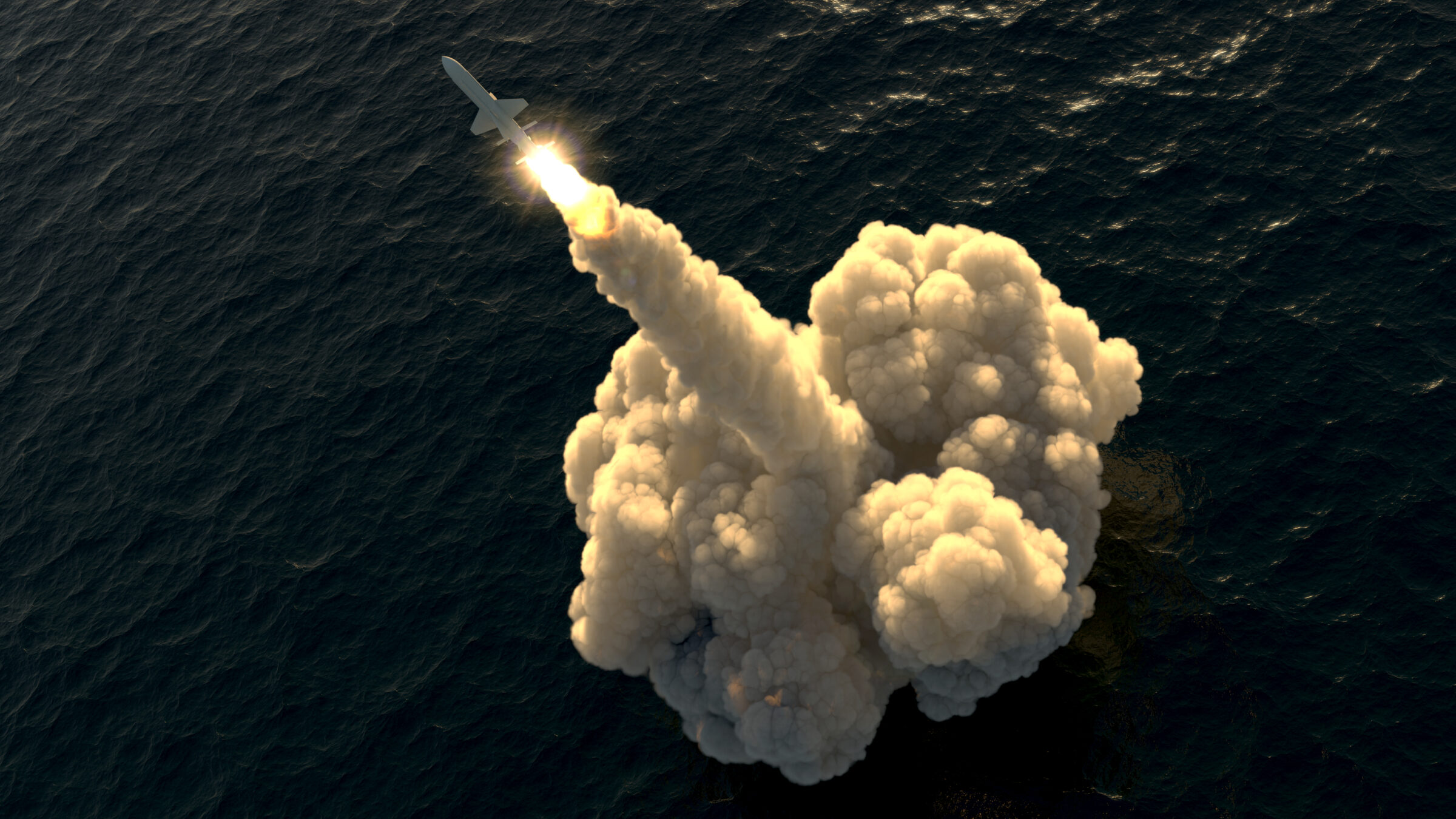Saying “No” to Sea-Launched Nukes and the B83: Messaging Guidance

Last Updated on May 20, 2022.
Need to Know
- Amidst heightened tensions with both the Russian and Chinese governments, the United States must reduce our reliance on nuclear weapons and not develop or sustain tactical nukes that risk triggering a world-ending conflict with another nuclear-armed state.
- Earlier this year, the United States joined the UK, France, China, and Russia in affirming that a nuclear war “cannot be won and must never be fought,” and the president wisely dropped nuclear sea-launched cruise missile (SLCM-N) development and B83 “life extension” from his FY23 budget.
- Now Congress must uphold this policy and resist efforts to fund or authorize the two weapons, which are expensive, unnecessary, and pose profound risks to our collective safety.
SLCM-N: provocative and ripe for miscommunication
- SLCM-N is too usable: a nuclear weapon meant for tactical warfighting, not strategic deterrence. Its development furthers a dangerous policy shift in which nukes are just another weapon, and not an unthinkable last resort.
- SLCM-N invites dangerous miscalculation. Because the same U.S. vessels could carry either nuclear- or conventional-armed cruise missiles, and because there’s no practical way to tell them apart when in flight, the introduction of SLCM-N to our military could encourage the kind of misperception that spurs accidental nuclear war.
- SLCM-N costs $10 billion through 2031. With that money, the United States could kickstart an effort to vaccinate the world against COVID or provide needed aid to countries rocked by the global food crisis stemming from Russia’s invasion of Ukraine.
- In kick-starting SLCM-N’s development in 2018, Trump was reviving an outmoded program. President George H.W. Bush removed nuclear-armed cruise missiles from Navy ships in an effort to reduce redundancy and move away from nuclear-warfighting weapons, and President Obama moved to retire them entirely.
- Even the current Secretary of the Navy, Carlos Del Toro, has told Congress that funding for SLCM-N should be zeroed out.
B83: a destructive legacy weapon long past retirement age
- The B83 is a Cold War dinosaur: a 1.2 megaton weapon 80 times as powerful as the one dropped on Hiroshima. One of the deadliest bombs in the U.S. arsenal, its prospective use makes the question of who “wins” a nuclear war irrelevant.
- Proponents of funding B83 life extension promote its “bunker busting” potential in targeting underground military facilities. But the fallout from using a high-yield nuke for this purpose – more than three million killed in one simulation – is intolerable.
- At 40 years old, the B83 is a relic on costly life support, requiring $100 million to even start a life extension program that, when completed, would likely match the investment needed for a whole new nuclear weapon.
- President Biden’s Nuclear Posture Review has reportedly decided to follow-through on finally retiring the B83. It’s time for Congress to officially pull the plug.
Looking ahead
- Congress can do more to move us toward a world free of nuclear weapons. Members can pass existing legislation to declare a “no first-use” policy, cancel the exorbitantly expensive Ground Based Strategic Deterrent contributing to a new global arms race, and press President Biden to broach new arms control agreements with Russia and other nuclear-armed states.
- The United States is poised to spend more than $600 billion on nuclear weapons in the next decade. Every additional dollar spent is money that doesn’t go towards other critically-needed priorities, such as improved healthcare, climate action, economic security for everyday people, and more. Funding a global COVID vaccination drive, at a fraction of this cost, will do more good than a single nuke has ever done.
Additional resources:
- Issue Brief: Nuclear Weapons (Win Without War)
- Fact Sheet: Nuclear Sea-Launched Cruise Missiles Are Wasteful (Center for Arms Control and Non-Proliferation)
- The Fate of the B83 Nuclear Gravity Bomb (Union of Concerned Scientists)
- Biden Should Sink This Proposed Nuclear Weapon (Monica Montgomery and Kingston Reif, Defense One)
- 71 groups urge Congress to cut funding for a new nuclear sea-launched cruise missile (Council for a Livable World)
- 55 House, Senate members urge President Biden to Reduce U.S. Reliance on Nuclear Weapons
- Taxpayers Should Question the Pitch to Fund Another Naval Nuclear Weapon (George Perkovich, Carnegie Endowment for International Peace)

